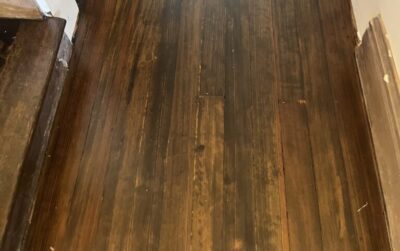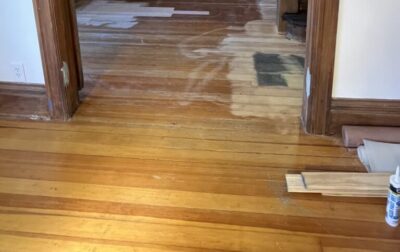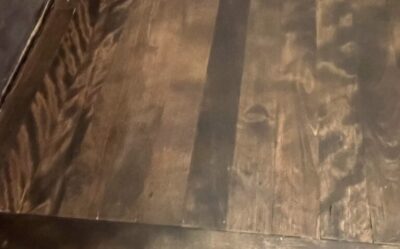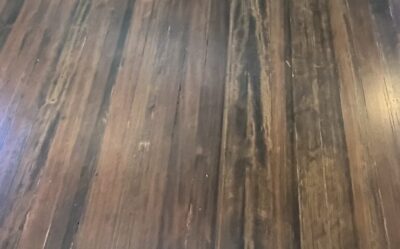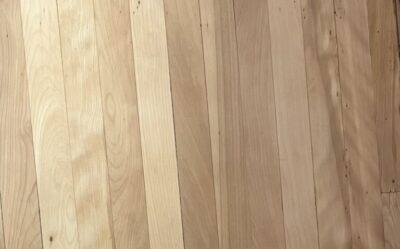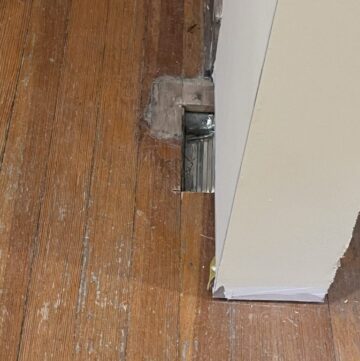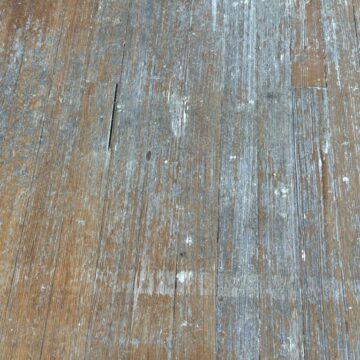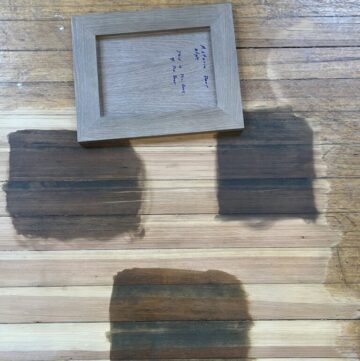Species Mistakes
Shown in this post is a project we fixed for a client. They hired a contractor who incorrectly installed 3″ yellow pine flooring into a 3 1/4″ wide Douglas fir floor.
Restoration
Many older Denver homes have Douglas fir flooring. This material is typically 80-100 years old and must be matched carefully when doing flooring repairs.
Key Points
In many older homes the flooring is supported directly by joists. The original contractor had repair sections that were unsupported (no joist or subfloor), and moved when you stepped on the repair.
The Project
Douglas Fir flooring
Douglas fir is common within older homes throughout America. How this material absorbs color and finishes is different from more common oak flooring. For this project, we had to come in for a rescue as the remodeler made bad hires and false promises of reality.
Understanding Materials
When lumber products are made, they are graded and sorted. During the era of Douglas fir, the clear grade materials were sorted for use as trim and doors. The remaining material had more color variation and was made into flooring.
The conductive tissue of trees is the heartwood and has a darker appearance, The outer growth layers are lighter in color. During sorting, the Douglas fir flooring has a light of boards that contain a mix of this interface (light and dark within the same board) or darker color. This is due to elevated tannin and mineral content.
To the right, the picture labeled stain choices clearly shows the base color of Douglas fir flooring. Note that the base colors are “blonde” or red/orange. One ripple that started early in the project was due to the general contractor. The GC had sold the homeowner on how this floor could be any color and tone they wanted, without regard to the base material. Their vision was derived from Pinterest and false promises.
Obtaining one solid and even color across this type of floor is very difficult, short of painting the floor. The material will certainly have some degree of character and color variability. While it is possible to get a very even color tone on this type of floor, this requires layers of color tinted sealer and stain. You essentially overlay enough color to mute the character below.
When you employ significant amounts of colored pigments within a coating, the elasticity of the coating diminishes greatly. Manufacturers typically limit the pigment ratio to 5-10% of volume. This means that getting a uniform color may require 2-3 color-tinted sealer coats.
If a floor finish loses elasticity, that is a bad scenario for any floor with movement such as an older home. It means that as the floor experiences any movement when walked upon, that the coating can break and begin to peel.
Ultimately, for the project we used a Dark Walnut stain and Glitsa Multikote finish system for the floor. The color provided a uniform dark brown color without adding too much red.
Color
Dura Seal Dark Walnut was used to achieve the look. The floor was sanded with our Pallmann system to contain any dust prior to finishing.
Notables
Reclaimed Douglas fir flooring is becoming more and more scarce. We caution that it is better to work within the bounds of the material.
Finish
We elected for a Glitsa Multikote finish system due to its exceptional adhesion and elasticity. This makes it a great fit for older floors.
Two original floor registers were removed and replaced with smaller sized flush-mounted registers. This required removal of specific boards and the addition of supporting framing.
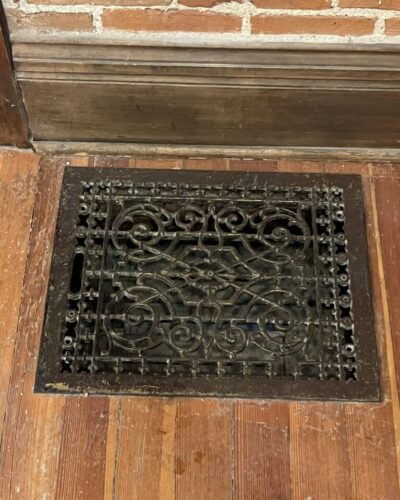
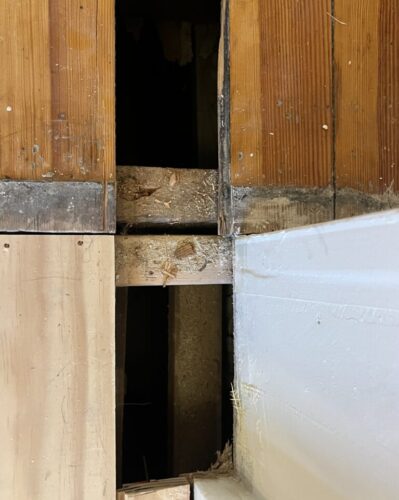
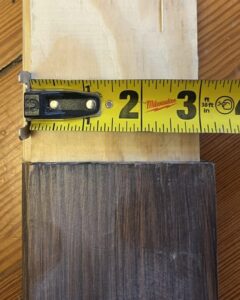
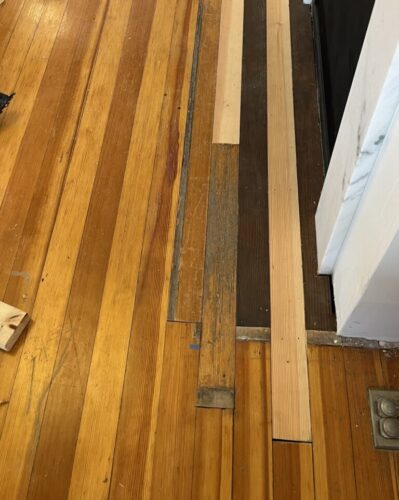
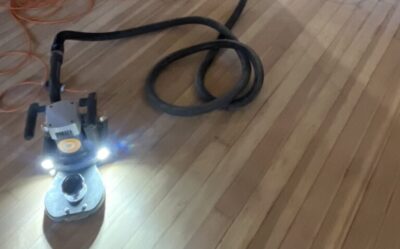
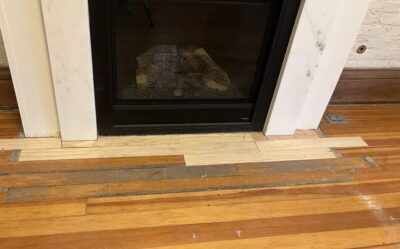
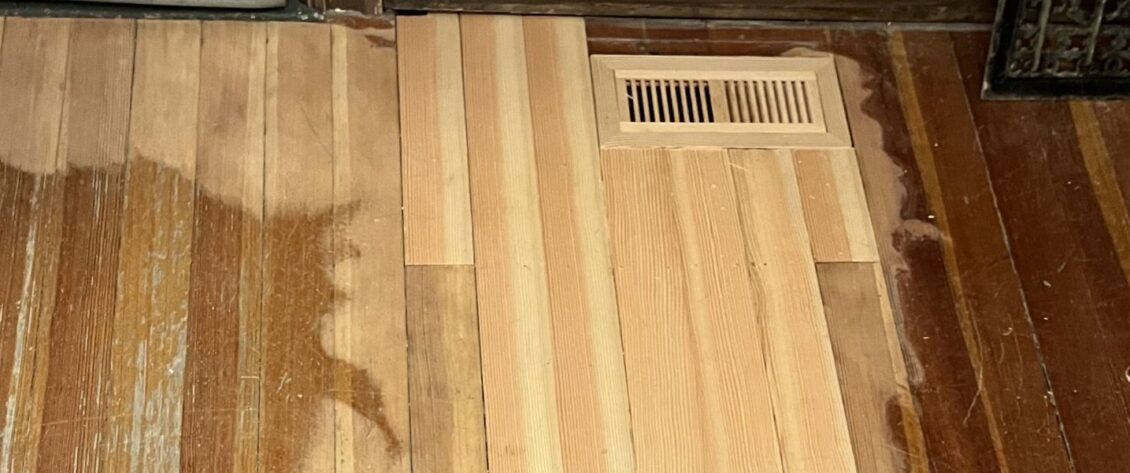
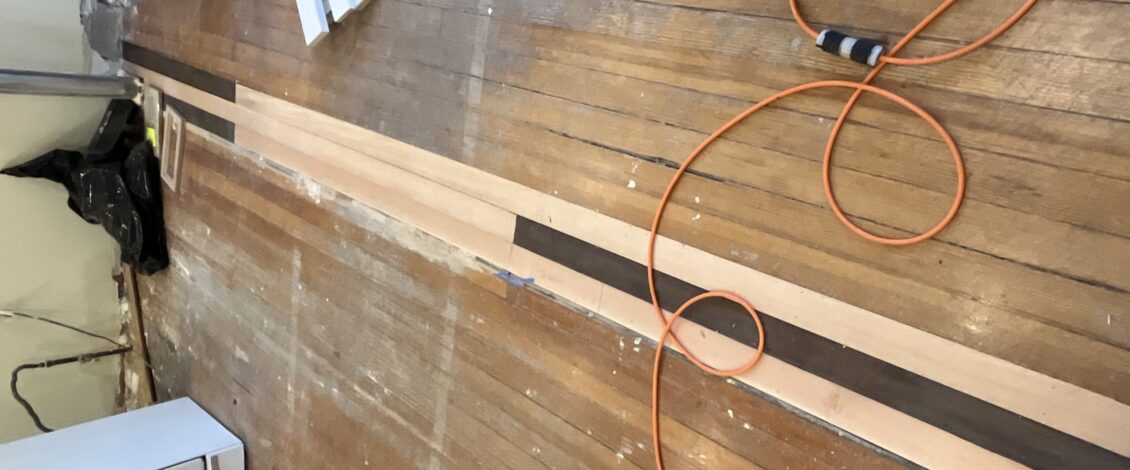
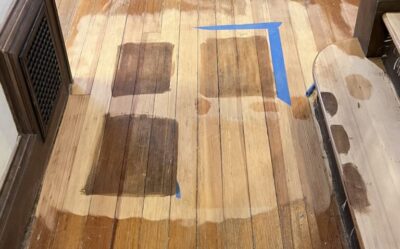
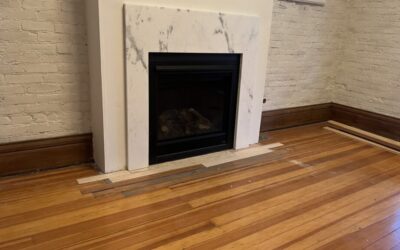
Progress Pictures
